Any night vision video cameras uses an active source of illumination, which is in or near infrared band. This is usually in the form of an external top light mounted on the camera or a small in-built illuminator on consumer camcorders. This frequency of light is just outside of the visible spectrum of the human eye, but it can be picked up by the camera's sensor. So, although the scene looks dark to you, your camera will see a brightly lit space.
Video captured using this method appears in monochrome, either a greenish-tint or black and white, this is because the camera cannot see visible light when in night vision mode, it is only sensitive to IR light, which has no colour.
The IR light source on your camera is similar to the light emitting diode in a television remote control. As there are so many potential sources of this invisible light in a building, you should remember that although a room appears to be dark, there may actually be several sources of light which could result in your camera seeing shadows that you didn't expect to see, or lens flares.
As well as infrared night vision, full spectrum cameras are also growing in popularity amongst ghost hunters in recent years. A full spectrum camera is just like an ordinary camera, but as the name suggests it can see the full light spectrum, including light in the infrared and ultraviolet frequencies that the human eye can't see.
When a full spectrum camera is paired with an infrared light source, it too can act as a night vision camera. However a full spectrum camera will still be able to see visible light and colours alongside the IR illuminated images. Rather than being green or grey, the night vision image produced by a full spectrum camera is a pink-purple hue, this gives a unique look when used to film investigations.
Full spectrum cameras aren't easy to get hold of and aren't generally commercially available. This is because paranormal investigators modify their cameras to turn them into full spectrum cameras. This can be done to pretty much any camera, whether it be a compact stills camera, a digital SLR, a camcorder or a professional video camera. However the modification isn't easy, it involves taking the camera apart and stripping it down to its sensor in order to remove the tiny glass filter that stops IR and UV light hitting the sensor. There are companies in the UK, US, Australia and other parts of the world who will modify a camera for you. A lot of these companies also sell pre-modified new and used cameras.
One of the downsides of this modification is that once the filter has been removed, the camera can't be used as a regular camera. Although some more expensive cameras do allow users to fit an external filter over the lens, which effectively temporarily converts the camera back to being a regular camera.
It's possible that some
ghosts or even light anomalies are only visible in IR or UV light, a full spectrum camera therefore increases the odds of capturing this evidence. After all, when investigating, recording the most amount of information possible is clearly beneficial and that's exactly what a full spectrum camera does.
Advertisement ‐ Content Continues Below.
Infrared can be used as a way to measure the heat radiated by an object. In the case of heat loss, this is the emission of energy as electromagnetic waves. If an object is very hot, like molten metal or the filament in a lightbulb, you will see it emitting visible light, but cooler objects emit most of their energy in the infrared range. For example, hot charcoal may not give off light but it does emit infrared which we feel as heat.
Any object with a temperature above absolute zero (-459.67°F or -273.15°C) radiates in the infrared range. Even objects that we think of as being very cold, such as an ice cube, emit infrared. The warmer the object, the more infrared it emits.
A thermal imaging camera, or thermographic camera to use its correct name, is a detector that gives a visual representation of the otherwise invisible infrared energy emitted by objects. Thermal infrared images let you see heat and how it is distributed.
Thermal imaging cameras have lenses, just like visible light cameras, but in this case the lens focuses waves from infrared energy onto an infrared sensor array. Thousands of sensors on the array convert the infrared energy into electrical signals, which are then converted into an image. The temperature of objects are indicated with colours. Hot areas show as shades of yellow, orange and red, depending on how hot it is. Very hot areas will show as white. Cold areas will show as shades of blue, with very cold areas being black.
Thermal imaging cameras are relatively expensive, but are a popular piece of ghost hunting equipment, especially since the advent of cheaper devices which work in as an add on to Apple or Android phones.
Sudden drops in temperature and cold spots are a commonly reported phenomenon in haunting cases. Some believe that cold spots are a sign that a spirit is present, or even close to manifesting in a physical form. Others think these reports are caused by explainable drops in temperature, caused by things like draughts or open windows. It's also possible that a perceived drop in temperature is merely a psychological response to long periods of inactivity while sitting in the dark during ghost hunts.
Whatever the reason for cold spots and sudden temperature changes, as a paranormal investigator you're probably going to want to validate these claims and try to establish what has caused them, whether it is a result of the paranormal or not.
However, it is very important to understand that thermal imaging cameras don't measure air temperature, only the temperature of the object it is being pointed at.
While air does emit IR, thermal cameras are tuned to ignore the frequency range at which air emits IR waves. This is done intentionally to make the air appear transparent so that the user can effectively gauge the temperature of objects without having to worry about air temperature skewing the image.
This means that if someone reports feeling cold, a thermal camera won't give you an accurate reading of the temperature around the person.
They are also susceptible to reflection. This means that if you point the camera at a shiny or reflective surface in front of you, you may see your own heat being reflected back at the camera, which can show either a hot spot or even a full human figure, which of course can result in some undue excitement during paranormal investigations.
If a thermal camera is a bit out of your price range, then a cheaper alternative for detecting temperature fluctuations associated with
hauntings is a point and click infrared thermometers. Like a thermal camera, they don't require any contact with the object they simply measure the temperature of the object you're pointing it at based on the infrared radiation it is emitting. You point the device at the object and press the trigger to take a reading.
Although they are very useful for easily reading the temperature of solid objects, there is one draw back. Like thermal imaging cameras, contactless infrared thermometers can't measure air temperature, only the heat radiating from a solid surface and like the camera version, are also susceptible to reflection.
If you want to accurately record the air temperature, then the best tool to use is a digital thermometer which gives you a real-time reading of the current air temperature. This type of thermometer is often built into other ghost hunting devices, such as multi-meters.
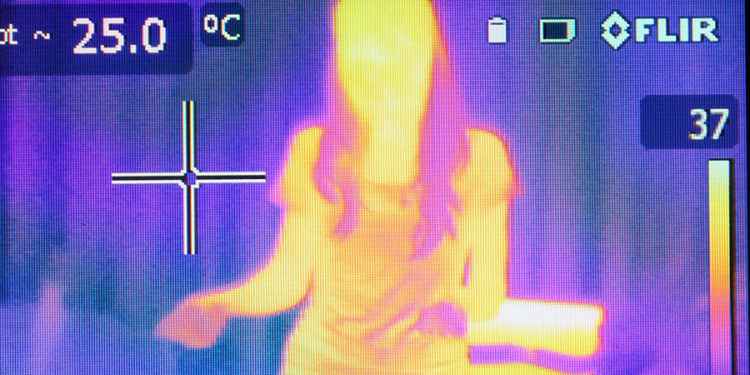

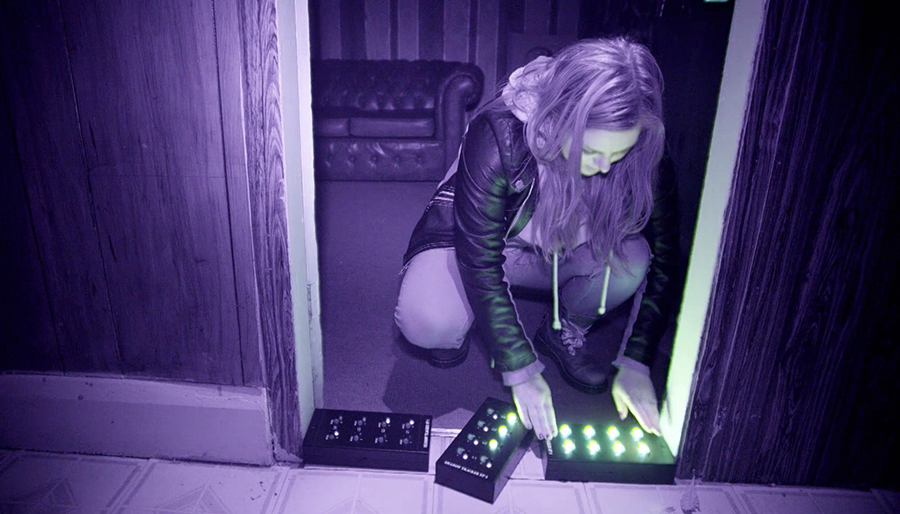
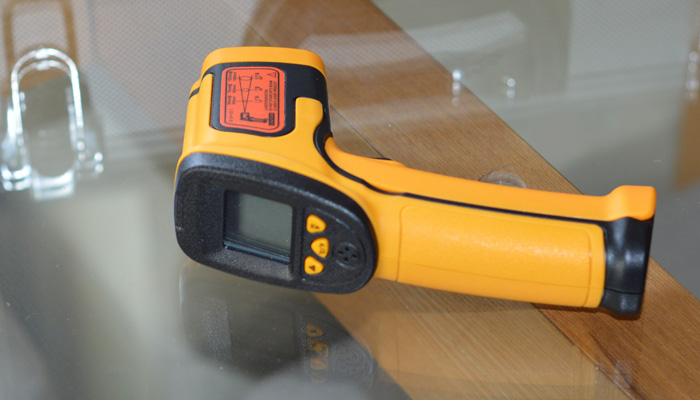




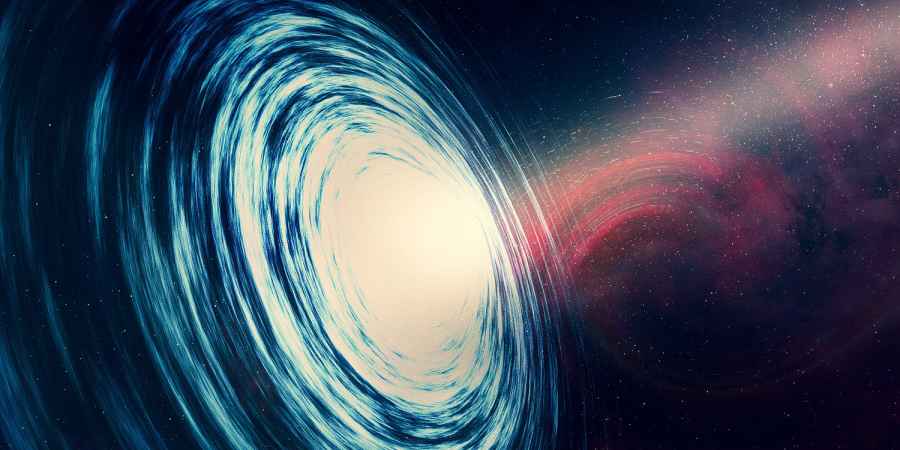
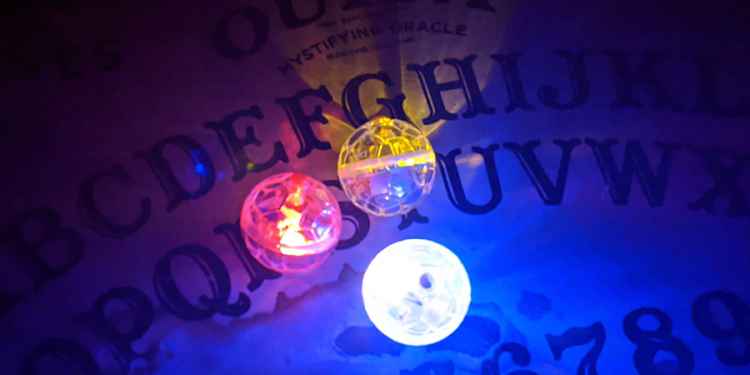
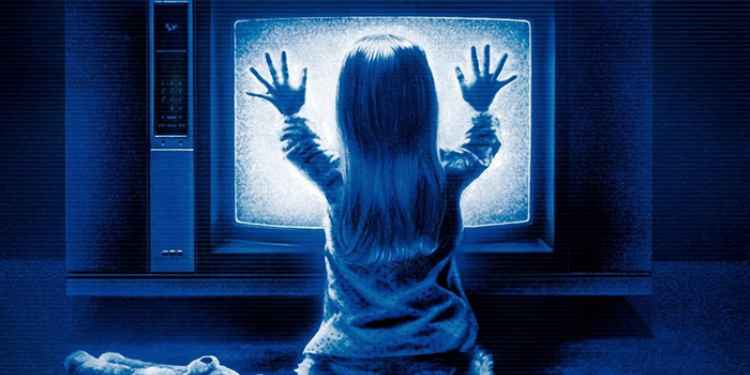
 See More on Audible
See More on Audible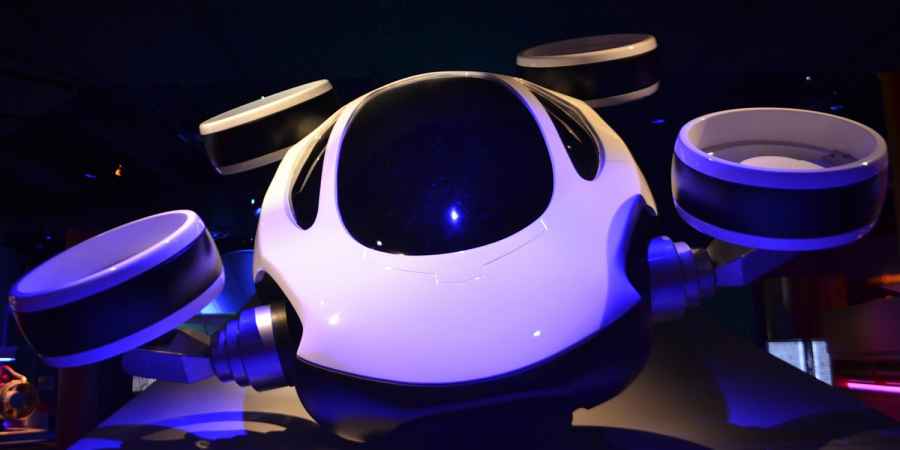

Comments
Want To Join The Conversation?
Sign in or create an account to leave a comment.
Sign In
Create Account
Account Settings
Be the first to comment.